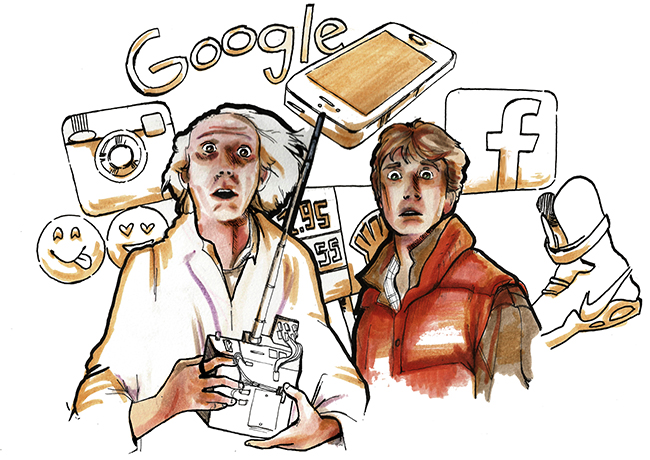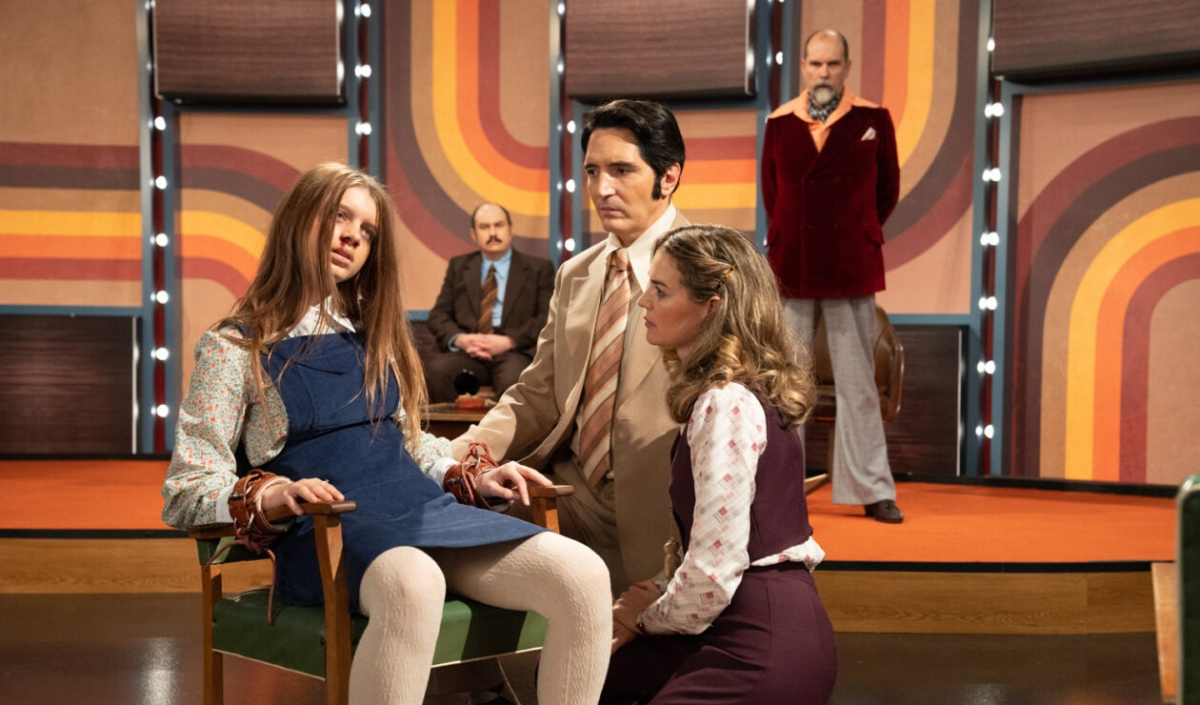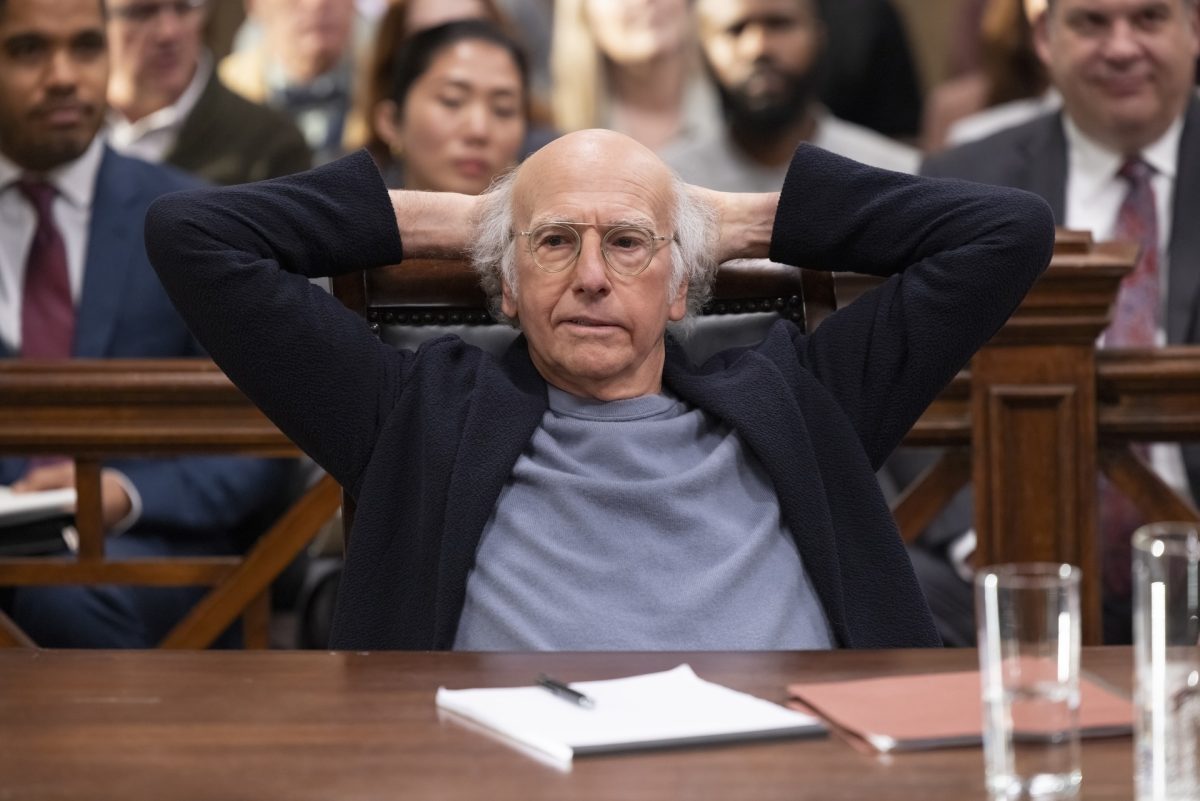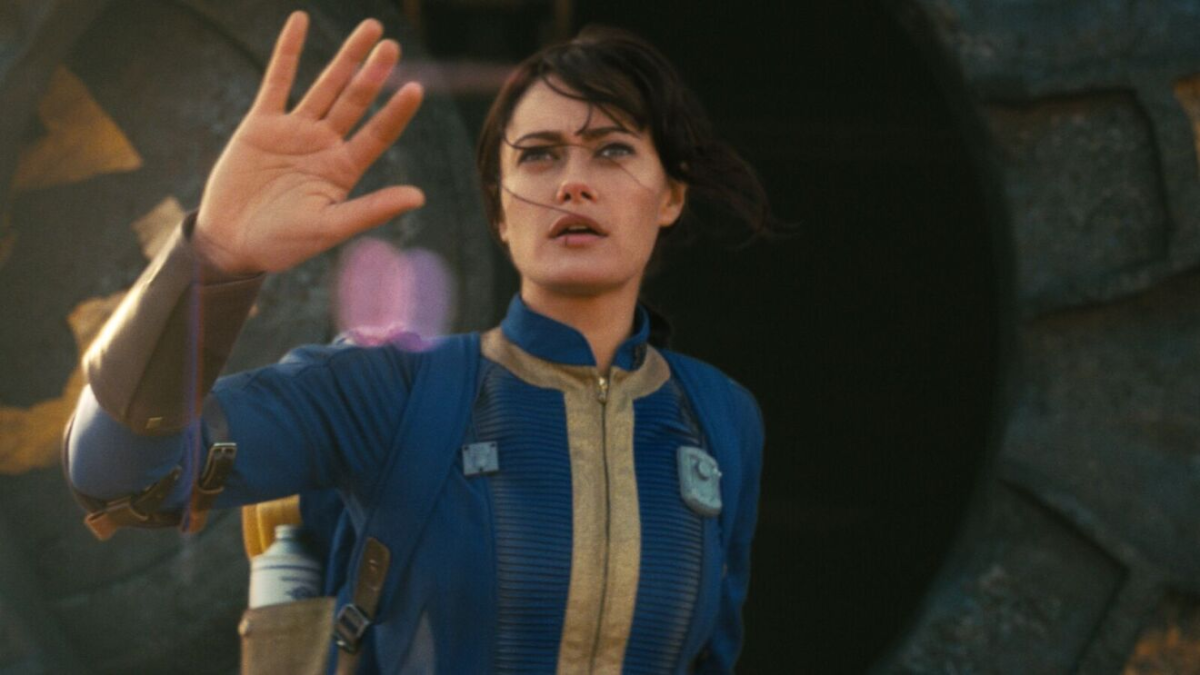Film geeks are dusting off their power-laced Nikes and donning their self-drying jackets to celebrate “Back to the Future Day.” Wednesday marks the exact date when series protagonist, ’80s teen Marty McFly, traveled to the year 2015 in Robert Zemeckis’ “Back to the Future Part II.” While Zemeckis said he never intended to accurately depict the future, his vision did get many aspects about it right.
Nostalgia for previous decades
The scene in which Marty walks into the colorful “Café ’80s” shows that “Back to the Future Part II” nailed the obsession people would have for the past. From the kitsch decorations to computerized versions of ’80s celebrities, Zemeckis knew how to exaggerate an entire decade for laughs. He also predicted future generations would rely on nostalgic reminiscences of outdated media and entertainment. The way
millennials still hang onto N64s or how adults dig out their old board games and action figures, proves that today’s world still has an attachment to old cultural icons.
Advancements in technology
Marty’s journey into “Café ’80s” also presents a memorable moment when he shows a couple of cynical kids the wonders of an old arcade cabinet. This scene comments on how video games have benefited from updated technology. The boys’ disgust over playing a video game using their hands shows that games, such as those using Kinect, can now be used without controllers. Likewise, the way the café uses computers to playfully resurrect popular figures such as Michael Jackson and Ronald Reagan is eerily similar to the use of holograms at concerts to bring back deceased icons such as Tupac and Elvis.
“Back to the Future” made other accurate predictions about technology. Just as Marty chatted with Needles on his TV, many people today have held face-to-face conversations from miles away over Skype, Google Hangout and other communication applications on their
laptops, tablets and phones. The people of the fictional 2015 have also become absorbed with their electronic devices, even in the company of their friends and family — as Marty’s brood sits down for dinner, his kids focus more on their TV glasses than on holding conversation. While Google Glass hasn’t become commercial yet, the idea behind the scene has proved startlingly prescient.
The hoverboard
Perhaps the most recognizable aspect of “Back to the Future”’s depiction of 2015 was Marty’s pink, Mattel-brand hoverboard. Today’s scientists have yet to achieve the technology to mass produce anything beyond experimental prototypes, but some developments have attempted to revolutionize the way people travel. Recently popular stand-ins are “smart-balance scooters,” which are two-wheeled, handle-less scooters that are the closest way to ride the streets
in midair.
The Chicago Cubs could get into the World Series, and Miami did get a baseball team
Marty stumbles upon a billboard congratulating the Chicago Cubs on their 2015 World Series win against a then-fictional Miami
baseball team with a gator mascot. The real 2015 World Series has yet to happen, but right now, the Cubs are 0-3 in the National Championship League Series against the New York Mets. If the Cubs manage to win the NCLS, they have a shot at making “Back to the Future”’s prediction come true by winning their first World Series
since 1908.
As if that weren’t weird enough, Miami got a team in 1993, the Florida Marlins. The Marlins play in the NCLS, so they can’t actually play the Cubs in the World Series, but they did beat the Cubs in the 2003 NCLS, 4-3.
Flying cars
In “Back to the Future”’s version of 2015, the skies are filled with flying cars. Transportation in 2015 isn’t nearly as cool, and people will have to make do with terrible drivers on congested roads, rather than in traffic-stuffed skyways. But drivers won’t have to settle for less for much longer, because aircraft company Terrafugia is working hard to make the flying car a reality. The company has already developed the Transition, dubbed the world’s first practical flying car, and it’s currently developing the more streamlined TF-X. Those who want to take to the skies first can reserve a flying car on Terrafugia’s website.





















